Electrical Car Home Electrical Car Optimization and Periodic Maintenance Check-Up...
Read More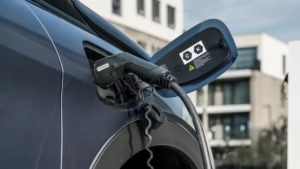
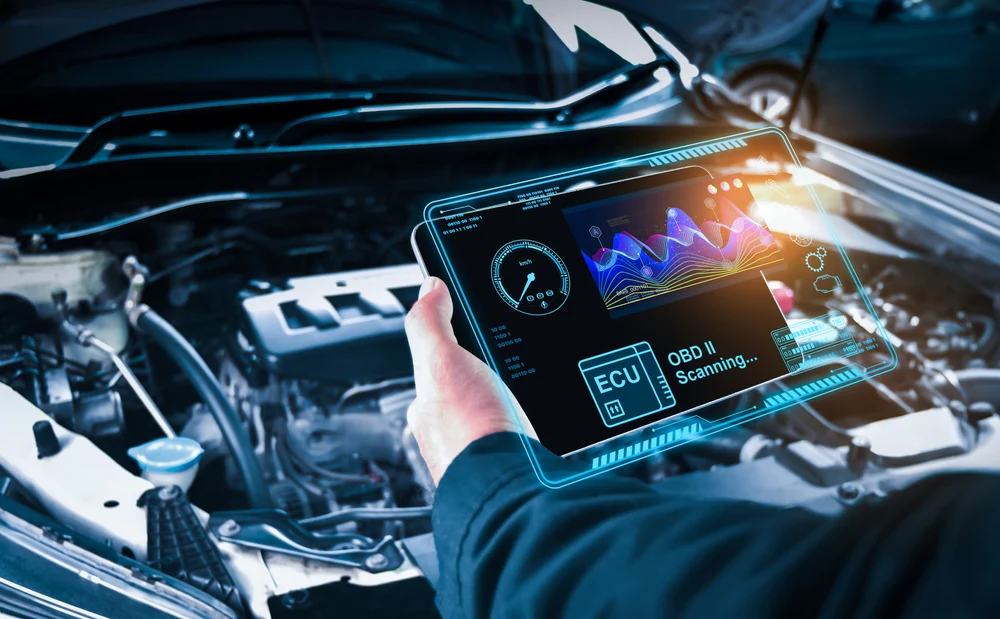
Modern vehicles have become increasingly dependent on advanced electronic systems to enhance performance, safety, and user experience. At the heart of these systems lies programming and initialization, crucial processes that ensure all components operate seamlessly. Regular check-ups of these systems are vital for maintaining your car’s functionality and optimizing its performance. This blog explores the importance of programming and initialization system check-ups, their benefits, and how they are performed.
Modern vehicles use multiple Electronic Control Units (ECUs) to control various subsystems such as the engine, transmission, infotainment, and safety features. Programming and initialization involve configuring these ECUs to perform their specific roles effectively.
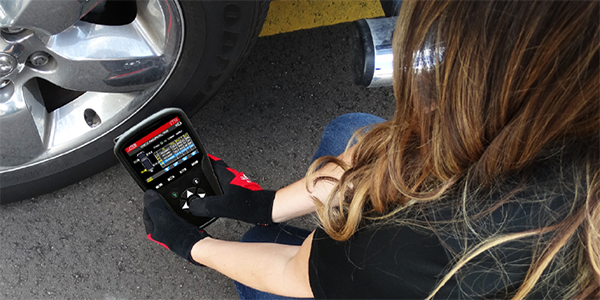
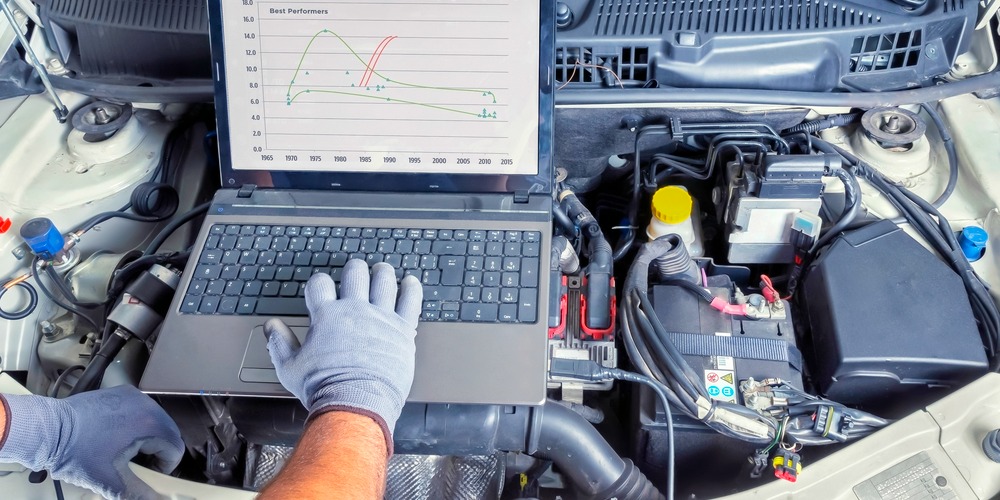
Diagnosis:
Software Update:
Component Initialization:
Testing:
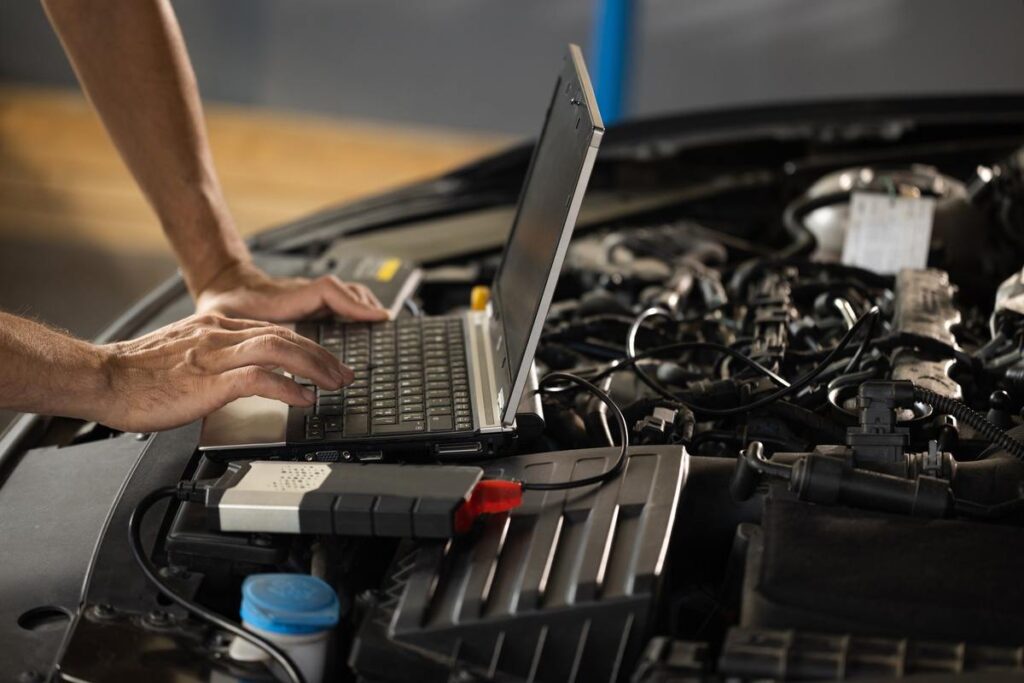
Diagnostic Scanners:
Programming Devices:
OEM-Specific Tools:
Laptop-Based Software:
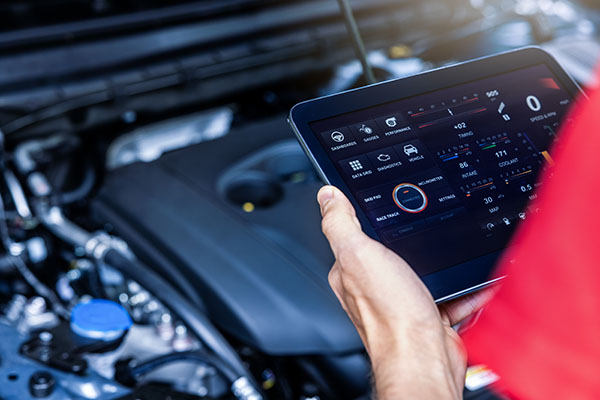
Programming and initialization system check-ups are critical for maintaining the efficiency, safety, and functionality of your vehicle. By addressing potential issues early and keeping your car’s systems up-to-date, you can enjoy a smoother driving experience and avoid costly repairs. Regular check-ups ensure that your vehicle remains compatible with technological advancements, ultimately extending its lifespan.
Call to Action: Ensure your car’s systems are performing at their best. Book a programming and initialization check-up with a trusted service provider today!

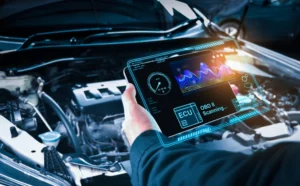

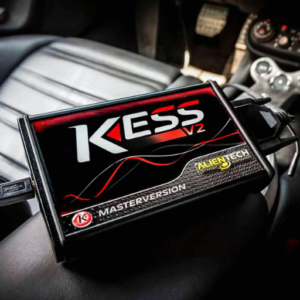
Electrical Car Home Electrical Car Optimization and Periodic Maintenance Check-Up...
Read MoreProgramming & Initialization Home Programming and Initialization System Check-Up of...
Read MoreServices Updates Home The Car Computerized System Learning Process and...
Read MorePerformance Tuning Home Best Performance Tuning Tools to Unlock Your...
Read More